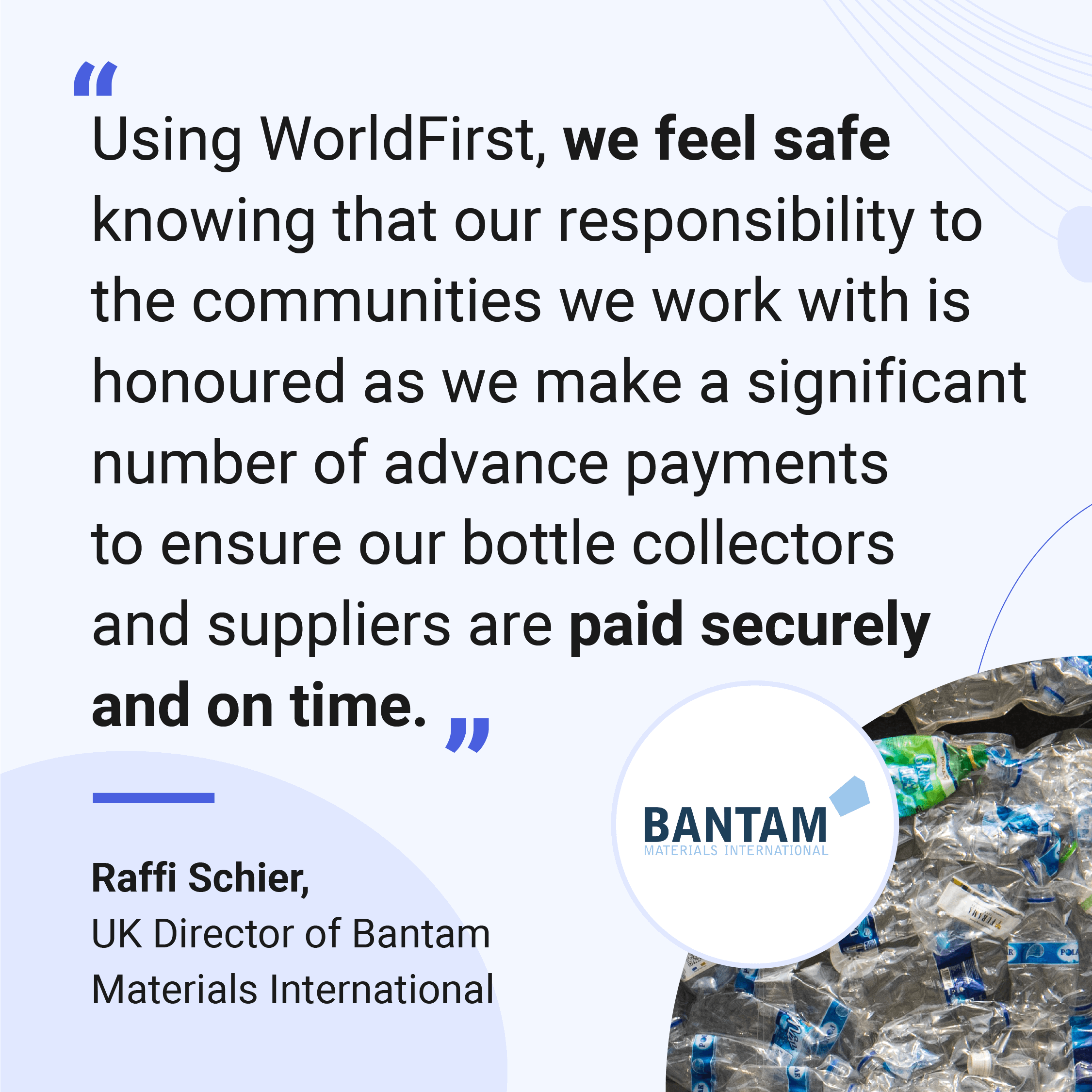
The Payment Services Directive II – or PSD2 for short – is a European directive that came into law in 2018. It gave people the ability to allow third parties to access their account and payment data, paving the way for new and innovative payment and money management services. It also enhanced electronic payment security with measures like Strong Customer Authentication (SCA). PSD2 regulation has significantly impacted how people pay online, so here’s a short breakdown of what it is and what it could mean for your business.
What is PSD2?
PSD2 is a European regulation that applies to payment services in the European Union (EU) and European Economic Area (EEA). One of the major aspects of PSD2 is the move towards open banking. This allows authorised third parties – with consent – to be able to access customer information that was previously only accessible to the banks.
PSD2 regulation allows regulated providers, like a money management app, to retrieve account details from the bank itself. This can make the payment process quicker, simpler and more efficient for consumers and enables third party providers to incorporate elements like transaction information and balances into their services.
PSD2 compliance means having Strong Customer Authentication (SCA) integrated into your service. Your customers must provide at least 2-factor authentication which can be a combination of passwords, pins, facial recognition and SMS passcodes. For example, at WorldFirst we protect our customers by asking them to provide fingerprint or facial recognition (or a unique pass code if they have an older phone) when they log in. Find out more about SCA at WorldFirst.
PSD2 after Brexit
As the UK is no longer part of the EU you might be wondering if PSD2 regulation still applies. Major banks and services are continuing to adopt PSD2 regulations post-Brexit as PSD2 compliance will ease doing business in the EU and EEA. In addition, as customers have become used to the extra security required by PSD2 it would be a significant step backwards if financial services no longer provided this level of protection.
Who is affected by PSD2?
Most directly, payment firms and those who handle the funds between a buyer and seller as well as pre-existing payment institutions and e-money institutions (like WorldFirst). But consumers are also affected and benefit from greater confidence that their payments are being handled safely, effectively and securely, and that the charges being levied are clear, fair and transparent.
What does PSD2 mean for online sellers?
Your customers are likely to be asked for 2-factor authentication when purchasing your products, for example if they use Amazon Pay or PayPal. Some may drop out of the purchase because of this, but most likely customers are now used to 2-factor authentication and will be reassured their payment is secure and will continue with the purchase.
Open a World Account for free
- Open up to 15 local currency accounts, with local sort codes, account numbers and IBANs
- Collect secure payments from 130+ marketplaces, overseas buyers and payment processing gateways
- Pay suppliers, partners and staff in 40 currencies without hidden fees
- Pay and get paid easily with local bank details on your invoices
- Lock in conversion rates to manage your currency risk

You might also like
WorldFirst articles cover strategies to mitigate risk, the latest FX insights, steps towards global expansion and key industry trends. Choose a category, product or service below to find out more.
Businesses like yours trust WorldFirst
- Almost 1,000,000 businesses have sent $150B around the world with WorldFirst and its partner brands since 2004
- Your money is safeguarded with leading financial institutions

What our customers say about our services





